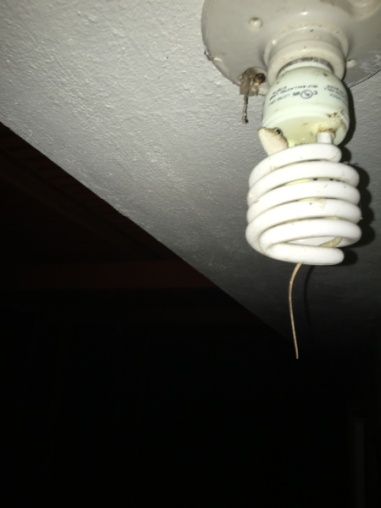Night life in the city can be much brighter and artificial lighting can be a significant source of new evolutionary directions for city dwellers. A recent study by Hopkins et al. (2018) researchers reviewed how Artificial Light At Night (ALAN) can drive evolutionary change in a theoretical population.
How can artificial light at night (ALAN) drive evolution?

Animals may move towards or away from sources of artificial lighting for a variety of reasons. Perhaps they are attracted to the insects there, or to the radiating heat or light. If there is some benefit to exploiting (or avoiding) this urban niche space, then eventually, we might expect populations to separate into those that move towards and stay at artificially lit places and those that avoid them. This split in habitat use, driven by artificial lighting, can decrease population size and limit or completely restrict mating between populations. Furthermore, exposure to night light can affect daily and seasonal cycles, leading to mismatch in breeding seasons. Finally, if certain genes or alleles are under strong selection in ALAN exposed populations, these genes can be fixed quickly due to the factors mentioned above.
Light is important for many animals and it plays a big role in their physiology, behavior and rhythm. The potential contribution of ALAN to evolutionary divergence between natural and urban populations needs to be further examined. In particular, Hopkins and colleagues point out opportunities to investigate the genetic basis of changes for ALAN selected traits, and to study the population-level effects of ALAN.
Given the large number of animals that exploit the night-light niche in urban environments, this topic is ripe for future study! Have you observed any night-light behavior in urban animals? Share with us in the comments.
- New Lit Alert: Cryptic eco-evolutionary feedback in the city: Urban evolution of prey dampens the effect of urban evolution of the predator - December 6, 2022
- New Lit Alert: Unexpected dispersal of Australian brush-turkeys (Alectura lathami) in an urban landscape - November 24, 2022
- New Lit Alert: Activity patterns and behavior of Myocastor coypus in a gated community in the metropolitan area of Buenos Aires (Argentina) - November 3, 2022

Leave a Reply